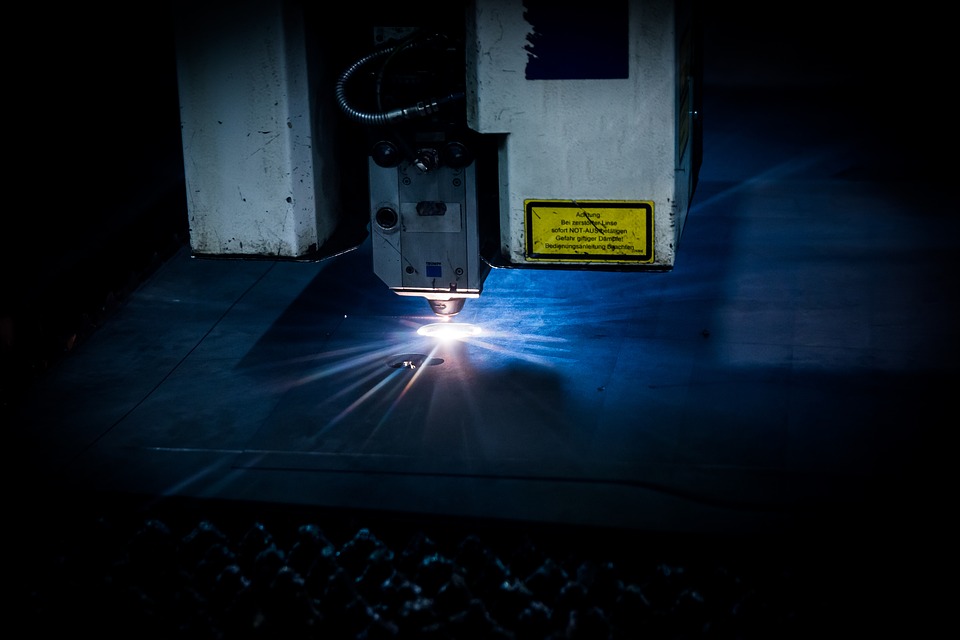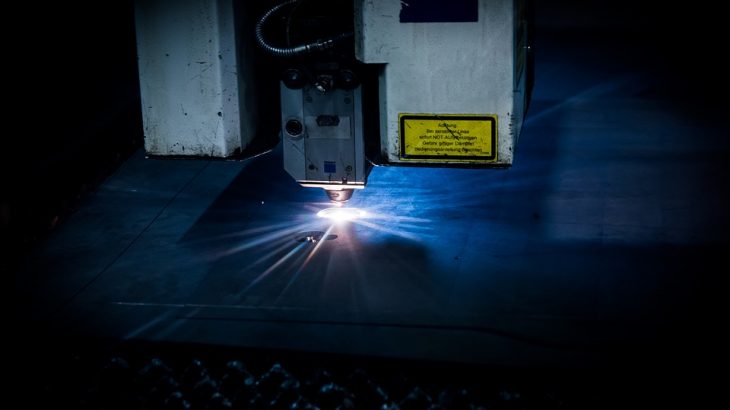We all have a fairly good grasp of how tattoos work – the process of getting them and the end result – however many people have no idea how lasers might work to remove tattoo ink. What used to make tattoos permanent now makes them easily removable through a process of shockwaves and your body’s natural way of absorbing and expelling foreign substances. Let’s look at this process in more detail.

HOW DO Tattoos work?
The tattoo process is essentially when a tattooist punctures the skin with a specially designed needle and injects certain inks into the second layer of skin – the dermis. The ink settles into this layer, and as the dermis does not shed skin cells like the epidermis does regularly, this forms a feature under the skin. The body has natural defenses against anything foreign and will activate its inflammatory responses; sending white blood cells to the site to try and absorb and then expel the ink from the system (a process called phagocytosis). In most cases this works very well, however tattoo ink particles are generally larger than the body can absorb and expel, meaning they will stay in the second layer of skin forever.
Often you can tell the difference between amateur and professional tattoos when a tattoo begins to fade in parts over time. This is because an amateur tattooist will not necessarily have the right tools and ink, and maybe leaving some of the ink on the surface of the skin.
HOW DO LASERS WORK TO FADE TATTOO INK?
Contrary to popular belief, professional, high-grade lasers designed for tattoo removal do not burn tattoos from the skin or affect the skin in any invasive way. The very best lasers – called Q-switched lasers – actually work to fade tattoo ink by firing very fast pulses of concentrated light at the area (at 1/1,000,000,000 of a second speed).
The tattoo ink particles absorb the light energy and break into smaller particles, thus enabling them to be absorbed into the bloodstream via the white blood cells, then eventually flushed out of the body through the lymphatic system. Through this process, the tattoo will gradually become lighter and smaller, as more and more of it simply disappears into the body.
To allow the body as much time as possible to carry out this process, laser treatments for tattoo removal are scheduled weeks apart – generally around 8 weeks between appointments. It is not always possible to predict the exact amount of time that a tattoo may take to fade completely, although for most tattoos it can be between 8 to 10 treatments before the client will see the results they want.
It is not advisable or practical to try and rush treatments, and any laser clinic that suggests they can make treatments faster is probably not telling the whole truth or you may well end up with side effects as they try and rush the job. Unfortunately, if they’re offering cheap deals on tattoo removal it’s also likely that they’re not using the high-end equipment recommended by industry experts. Many beauty clinics will offer laser tattoo removal treatments, however, will only be equipped with cheaper table-top equipment that will struggle with most tattoos, causing burning or even scarring as a side effect. IPL lasers should also be avoided as these are specifically designed for hair removal, and are not suitable for tattoos.
The high grade, European manufactured Q-Switched laser is the only laser that is designed to target all of the colors found in tattoo inks. Not all inks absorb light energy at the same rate, and as a result, the particles in some tattoo colors such as light blues and greens, are harder to break up and harder to fade.
The Q-Switched laser has a number of different models with varying light pulses that are measured in nanoseconds that can be used if required. These include the Q-switched Nd: YAG 1064nm, which is used most frequently in laser treatments as it targets dark pigments such as black and dark blue. The Q-switched Frequency-doubled Nd: YAG 532nm shots out a green light which is absorbed by red and orange inks, while the Q-switched Ruby 694nmcreates a red light which is used to focus on light greens and blues. These lasers are both dual-wavelength lasers and most professional laser clinics will use them.








